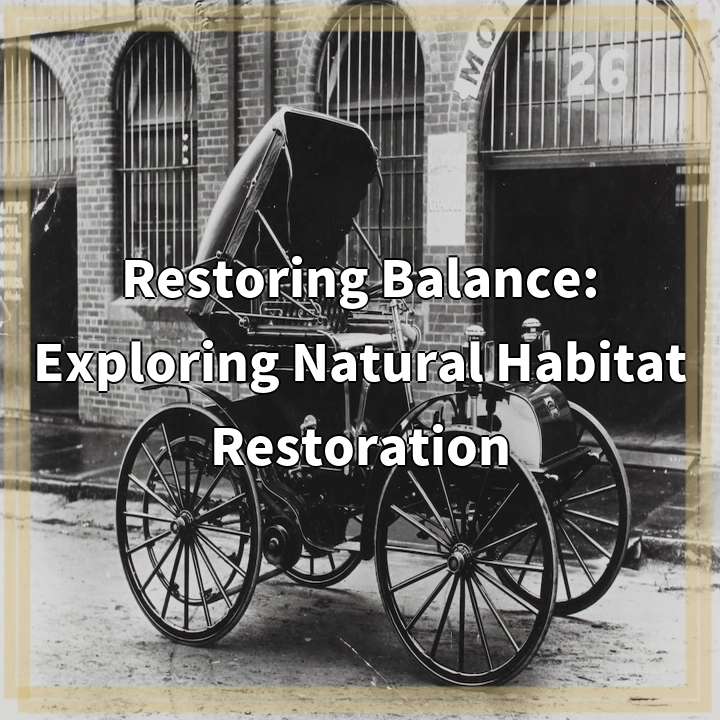
What is Natural Habitat Restoration?
Natural habitat restoration refers to the process of returning degraded or damaged ecosystems to their original state or improving them to a more functional and sustainable condition. It involves restoring the natural components of an ecosystem, such as vegetation, water bodies, and animal populations, to enhance biodiversity, ecological function, and overall ecosystem health.
Real-World Problems associated with Natural Habitat Restoration
Loss of Biodiversity
Habitat degradation and destruction caused by human activities have led to a significant loss of biodiversity worldwide. Attempts to restore natural habitats face challenges in recovering the rich array of plant and animal species that were previously present. Restoring the intricate web of interactions between species and creating suitable conditions for their survival is a complex task.
Invasive Species
One of the major challenges in habitat restoration is dealing with invasive species. These are non-native species that outcompete native species and disrupt the functioning of the ecosystem. Invasive species can quickly spread and dominate restored habitats, hindering the recovery of native species and altering the ecosystem dynamics.
Limited Resources
Habitat restoration projects often face limited resources, including funding, manpower, and time. The scale of restoration required may exceed available resources, making it necessary to prioritize certain areas or projects. Difficult decisions must be made regarding where to allocate resources and how best to maximize the impact of restoration efforts.
Fragmentation and Connectivity
Habitat fragmentation, caused by human activities such as urbanization, agriculture, and infrastructure development, can pose challenges to habitat restoration. Fragmented habitats limit the movement and dispersal of species, impacting their ability to recolonize restored areas. Creating and maintaining connectivity between restored habitats is essential for long-term success.
Climate Change
The impacts of climate change, such as rising temperatures, altered precipitation patterns, and extreme weather events, pose challenges to habitat restoration. Restoration efforts must take into account these changing conditions and incorporate strategies to enhance ecosystem resilience. It is crucial to select plant species that are resilient to future climatic conditions and consider the potential effects of climate change on restored habitats.

Solutions to the Problems of Natural Habitat Restoration
Prioritizing Conservation Efforts
Given limited resources, it is essential to prioritize restoration efforts based on ecological significance and the potential for maximum impact. Identifying key areas for restoration, such as habitats with high biodiversity value or those that provide critical ecosystem services, can help optimize the allocation of resources.
Preventing and Managing Invasive Species
Effective strategies for invasive species management are necessary to prevent their establishment and spread in restored habitats. This includes early detection and rapid response, targeted removal or control of invasive species, and promoting the growth of native species that can outcompete invasives.
Enhancing Connectivity
Creating and maintaining connectivity between restored habitats is crucial for restoring ecological processes and facilitating the movement of species. This can be achieved through the creation of wildlife corridors, restoration of riparian zones, and strategic placement of restored habitats to promote connectivity across fragmented landscapes.
Adapting to Climate Change
Building climate resilience into restoration projects is essential in the face of climate change. This involves selecting native species that are adapted to local climate conditions and have the potential to thrive in future climates. Additionally, incorporating strategies such as assisted migration and promoting ecosystem diversity can enhance the resilience of restored habitats.
Stakeholder Engagement and Collaboration
Engaging stakeholders, including local communities, conservation organizations, and government agencies, is essential for successful habitat restoration. Collaboration and partnerships can bring together diverse expertise, resources, and perspectives, leading to more effective restoration outcomes and long-term sustainability.















